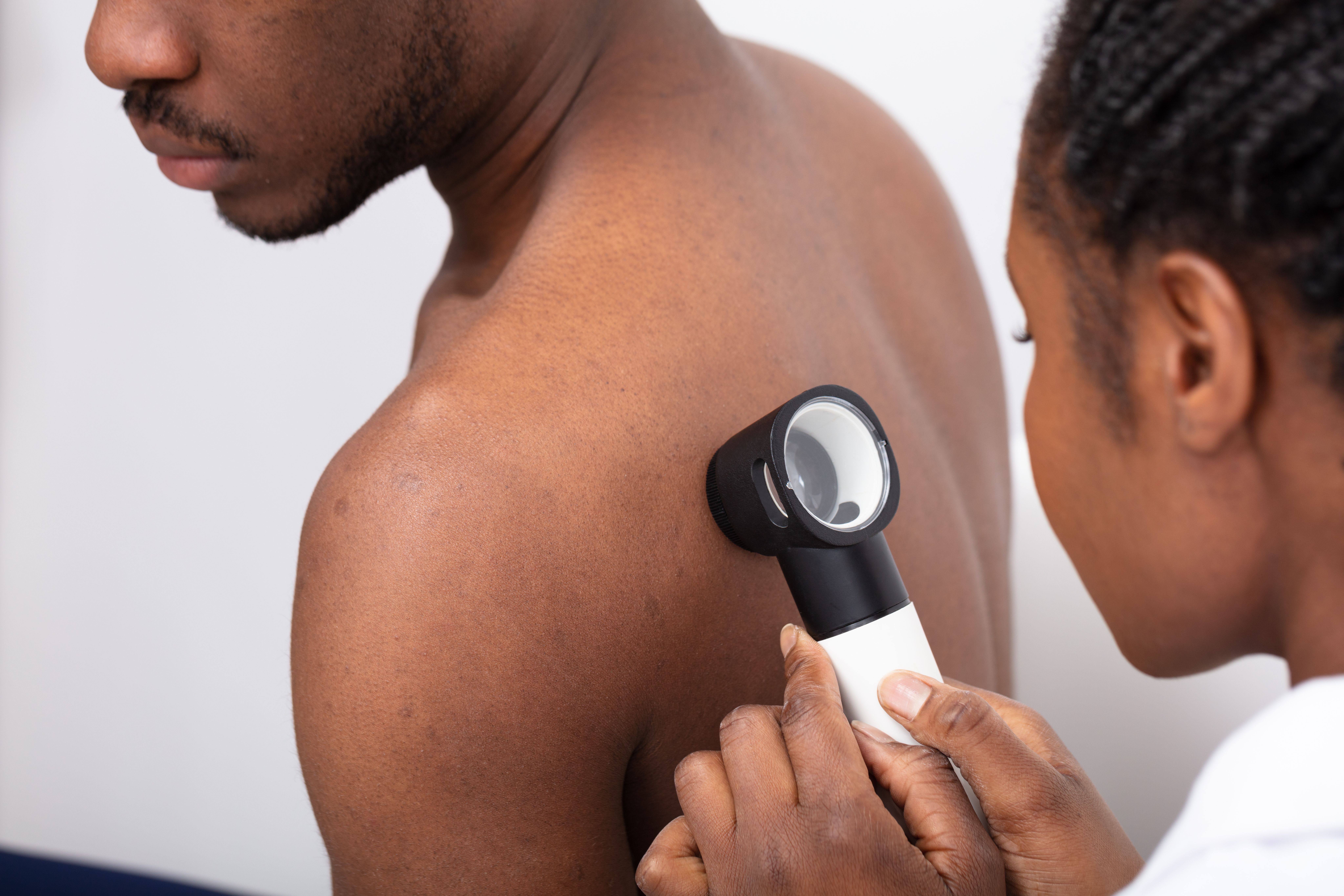Preclinical medical students performed similarly in diagnostic dermatological conditions in varying skin types, successfully evaluating conditions in White versus skin of color patients, according to a study published in Skin Health and Disease.1
In particular, researchers reported that second-year students were more successful in identifying conditions, particularly in White patients, versus first-year students.
Background and Methods
Representation of skin of color imagery and education has historically been lacking. A 2023 study involving artificial intelligence reported that darker skin types are significantly lacking from educational materials.2
The present research aimed to evaluate the dermatological diagnostic skills of first- and second-year medical students at the University of Arizona College of Medicine – Phoenix.
Participants completed a quiz involving 15 multiple-choice questions and 3 Likert-Scale questions assessing their ability and confidence to identify skin conditions in patients with different skin types. The quiz also analyzed their access to and awareness of a diversity of dermatological resources.
Findings
Out of 109 recruited students, 91 participated in the study, yielding a response rate of 83.5%. Of these, 46 students completed the White image survey, while 45 completed the skin of color image survey.
Dermatological diagnoses taught in the curriculum and evaluated in the study included:
- Acne
- Atopic dermatitis
- Café au lait maculae
- Folliculitis
- Hypertrophic scarring
- Impetigo
- Lyme disease
- Melanoma
- Molluscum contagiosum
- Neurofibroma
- Port wine stain
- Psoriasis
- Tinea versicolor
- Urticaria
- Varicella
Overall, students demonstrated similar diagnostic performance across the White and skin of color image surveys, with no statistically significant differences observed in overall scores.
However, specific conditions showed notable disparities. Students were more likely to accurately identify psoriasis, varicella zoster, and melanoma on White skin images, while neurofibroma and tinea versicolor were more frequently identified on skin of color images.
In terms of year in medical school, second-year students performed better overall compared to first-year students, with significantly higher scores on the White image survey but not on the skin of color image survey. This suggests some improvement in diagnostic skills with additional training, although the improvement was more pronounced with White skin images.
The Likert-scale responses indicated a higher level of confidence among students in identifying dermatological conditions on White skin with an average score of 4.05. Additionally, students expressed a strong agreement that increased exposure to dermatologic diagnoses on skin of color would benefit their medical education with an average score of 4.56.
Conclusions
The study may have been limited by its single-center setting, a small number of outcome differences, and poor survey performance. These limitations may have implications on the generalizability of the findings.
"We hope that continued publications highlighting these concerns, in addition to work done by advocacy groups such as the SOC Society, will push medical schools, resource companies and the National Board of Medical Examiners to increase the diversity of their curriculum," according to Green et al.
Study authors recommended increased exposure to skin of color education and resources in medical school settings and in the broader society.
References
- Greene A, Ghalambor T, Penner S, Irwin C, Hastings KT. Evaluation of dermatologic diagnostic ability on skin of colour in preclinical medical students. Skin Health Dis. September 3, 2024. https://doi.org/10.1002/ski2.425
- Tadesse, GA, Cintas, C, Varshney, KR, et al. Skin Tone Analysis for Representation in Educational Materials (STAR-ED) using machine learning. Digit. Med. 2023. https://doi.org/10.1038/s41746-023-00881-0







